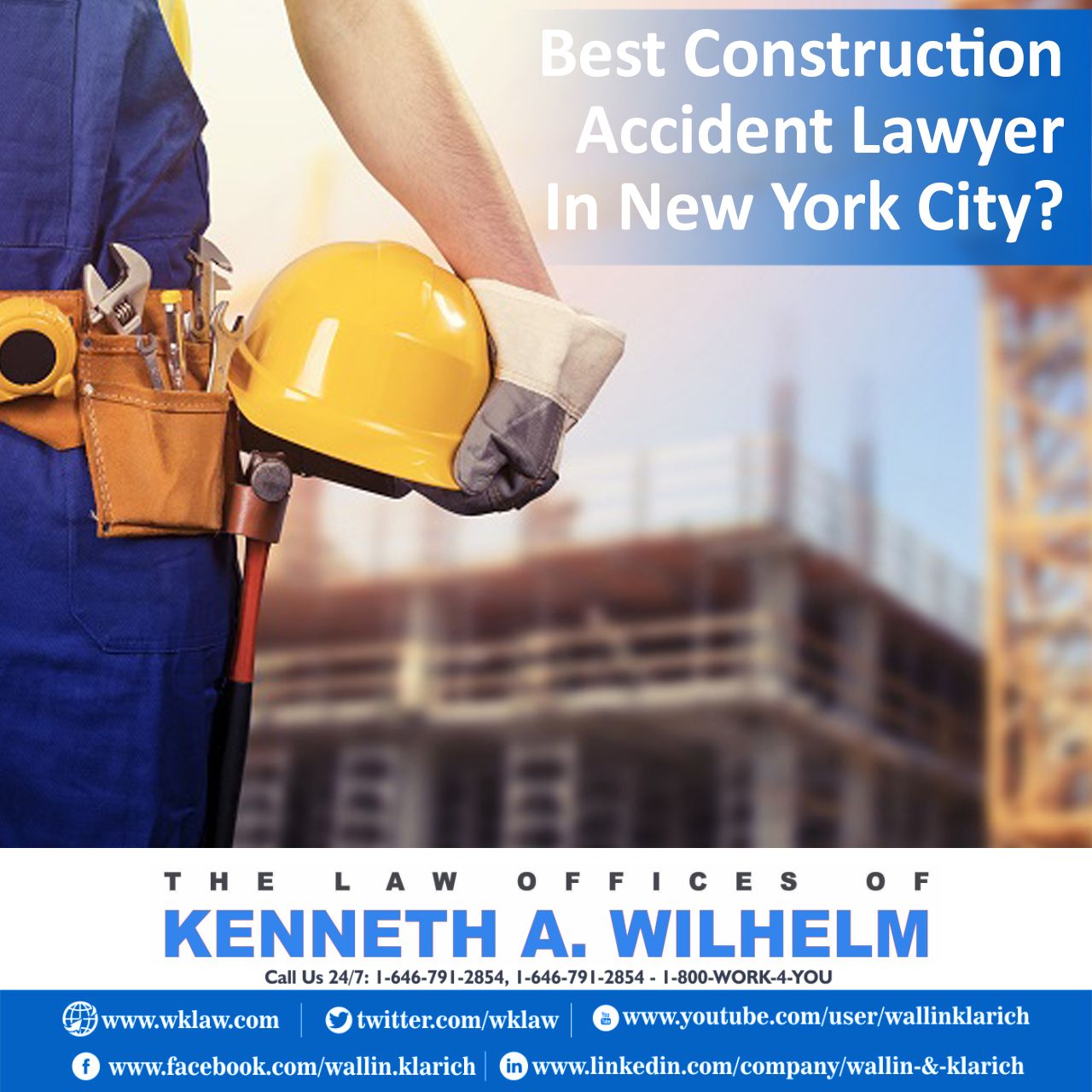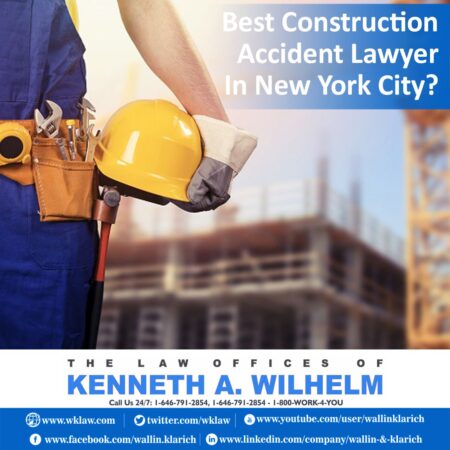
Introduction

Construction injury law focuses on legal matters arising from injuries sustained during construction activities. Construction sites present inherent hazards, and injuries can range from minor to severe, impacting workers’ health and well-being.
The prevalence of construction injuries is a significant concern. According to the Bureau of Labor Statistics, in 2021, over 1,000 fatal work injuries occurred in the construction industry, accounting for approximately 20% of all work-related fatalities in the United States. The rate of non-fatal injuries is even higher, with thousands of workers suffering injuries each year.
Importance of Legal Representation
After a construction injury, seeking legal representation is crucial. Construction injury law is complex, and an experienced attorney can navigate the legal process effectively, ensuring that injured workers receive fair compensation for their injuries.
Types of Construction Injuries
Construction work involves inherent risks, and injuries are unfortunately common. These injuries can range from minor cuts and bruises to severe and life-altering conditions.
Some of the most common types of construction injuries include:
Traumatic Brain Injuries (TBIs)
TBIs can occur from falls, being struck by objects, or other accidents that impact the head. Symptoms of TBIs can range from mild headaches to confusion, loss of consciousness, and even death.
Spinal Cord Injuries
Spinal cord injuries can result from falls, scaffolding accidents, or other incidents that damage the spinal cord. These injuries can lead to paralysis, loss of sensation, and other severe complications.
Amputations
Amputations can occur from machinery accidents, falls, or other incidents that result in the loss of a limb or body part. Amputations can be devastating injuries that require extensive medical treatment and rehabilitation.
Burns
Burns can occur from fires, chemical spills, or other accidents that expose workers to heat or chemicals. Burns can range from minor skin irritations to severe burns that require hospitalization.
Electrocutions
Electrocutions can occur from contact with electrical equipment or power lines. Electrical injuries can be fatal or result in severe burns and other complications.
Falls
Falls are a common cause of construction injuries. Falls can occur from ladders, scaffolding, or other elevated surfaces. Falls can result in a variety of injuries, including broken bones, head injuries, and back injuries.
Causes of Construction Injuries

Construction sites are inherently hazardous environments, and accidents can occur due to various factors. Identifying and addressing these causes is crucial for preventing injuries and ensuring worker safety.
Negligence
Negligence, either by employers, supervisors, or workers, is a leading cause of construction injuries. This includes failing to provide proper safety equipment, neglecting to follow established safety protocols, or ignoring potential hazards.
Defective Equipment
Faulty or poorly maintained equipment can pose significant risks to construction workers. Defective machinery, power tools, or scaffolding can malfunction or fail, leading to severe injuries or even fatalities.
Inadequate Safety Measures
Insufficient safety measures contribute to a substantial number of construction injuries. This includes a lack of proper fall protection, inadequate lighting, or absence of appropriate signage and warning systems.
Lack of Training
Inadequate training and instruction can result in workers being unaware of potential hazards or proper safety procedures. Employers are responsible for providing comprehensive training to ensure workers are equipped with the knowledge and skills to work safely.
Fatigue
Fatigue can impair judgment and increase the risk of accidents. Long hours, demanding physical labor, and insufficient rest can lead to exhaustion and reduced alertness, making workers more susceptible to injuries.
Legal Rights of Injured Construction Workers
Injured construction workers have specific legal rights that protect their well-being and financial security. These rights include:
Right to Workers’ Compensation Benefits
Workers’ compensation is a no-fault system that provides financial benefits to injured workers, regardless of who caused the accident. These benefits can include medical expenses, lost wages, and disability payments.
Right to File a Personal Injury Lawsuit
In some cases, injured construction workers may be able to file a personal injury lawsuit against the party responsible for their injuries. This could be the contractor, subcontractor, property owner, or manufacturer of defective equipment.
Right to Seek Damages
If an injured construction worker is successful in a personal injury lawsuit, they may be awarded damages for pain and suffering, lost wages, medical expenses, and other losses.
Choosing a Construction Injury Lawyer
Experience and Expertise
When selecting a construction injury lawyer, it’s crucial to consider their experience and expertise in handling similar cases. Look for an attorney who has a proven track record of successfully representing injured construction workers and recovering fair compensation.
Fees and Payment Structure
Understand the lawyer’s fees and payment structure before hiring them. Some lawyers work on a contingency fee basis, where they receive a percentage of the settlement or verdict, while others charge hourly rates. Consider your financial situation and choose a lawyer with a fee structure that aligns with your needs.
The Construction Injury Lawsuit Process
The construction injury lawsuit process involves several distinct steps, each with its own set of procedures and requirements. Understanding these steps can help injured construction workers navigate the legal process effectively.
Filing a Complaint
The first step in a construction injury lawsuit is filing a complaint. This document Artikels the plaintiff’s (injured worker’s) allegations against the defendant (responsible party). It typically includes details such as the date and location of the accident, the nature of the injuries sustained, and the damages being sought.
Discovery
After the complaint is filed, both parties engage in a process called discovery. This involves exchanging information and documents related to the case. Depositions, written interrogatories, and requests for production of documents are common discovery tools used to gather evidence and prepare for trial.
Trial
If the parties cannot reach a settlement during discovery, the case may proceed to trial. During trial, both sides present their evidence and arguments before a judge or jury. The outcome of the trial will determine whether the plaintiff is entitled to compensation for their injuries.
Settlement
Many construction injury lawsuits are resolved through settlement negotiations. Settlement involves the parties reaching an agreement on the amount of compensation to be paid to the plaintiff without going to trial. Settlements can be advantageous as they save time and resources, and provide a guaranteed outcome for the plaintiff.
Damages in Construction Injury Cases

In construction injury lawsuits, plaintiffs may be awarded damages to compensate them for their losses. These damages can be divided into two main categories: compensatory damages and punitive damages.
Compensatory Damages
Compensatory damages are intended to make the plaintiff whole for their injuries. They can include:
- Lost wages: This includes wages lost due to time off work for medical treatment, rehabilitation, or recovery.
- Medical expenses: This includes the cost of medical treatment, hospitalization, medication, and rehabilitation.
- Pain and suffering: This is compensation for the physical and emotional pain and suffering caused by the injury.
Punitive Damages
Punitive damages are awarded in addition to compensatory damages to punish the defendant for particularly egregious conduct. They are not intended to compensate the plaintiff but to deter the defendant and others from engaging in similar conduct in the future.
Preventing Construction Injuries
Construction sites are inherently hazardous environments, but implementing best practices can significantly reduce the risk of injuries. These practices include:
Providing Proper Safety Training
Comprehensive safety training educates workers on potential hazards, safe work practices, and emergency procedures. This training should be tailored to the specific tasks and equipment used on the site.
Using Appropriate Safety Equipment
Personal protective equipment (PPE) such as hard hats, safety glasses, gloves, and high-visibility clothing must be provided and used correctly. PPE can prevent head injuries, eye damage, cuts, and falls.
Following Established Safety Protocols
Clear safety protocols should be established and strictly adhered to. These protocols should cover topics such as fall protection, equipment operation, and handling hazardous materials.
Conducting Regular Safety Inspections
Regular safety inspections identify potential hazards and ensure compliance with safety regulations. Inspections should be conducted by qualified personnel and involve workers in identifying and addressing safety concerns.
